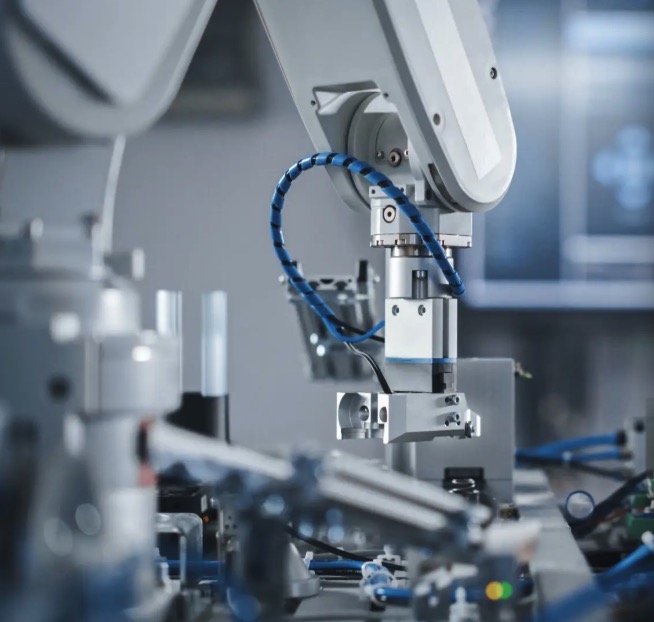Thermocouple to Analog Converter – A Comprehensive Guide to Understanding Its Functionality
Introduction
In the world of electronics, thermocouple to analog converters (TCAC) have been instrumental in facilitating the conversion of temperature readings into analog signals that can be read by a computer. This article aims to provide an in-depth understanding of what a TCAC is, how it works, its applications in various industries, and why it is important.
What is a TCAC?
A TCAC, also known as a thermocouple signal conditioner, is a device that converts the voltage output of a thermocouple into an analog signal that can be easily read by a computer. Essentially, a thermocouple is a type of sensor that measures temperature using two different metals that produce a voltage proportional to the temperature difference between two points.
How Does TCAC Work?
When a thermocouple measures temperature, a voltage is generated that is proportional to the temperature difference between the measurement point and the reference point. A TCAC takes the low-level voltage output from the thermocouple and amplifies it to a level suitable for further processing by a computer. This allows for accurate and reliable temperature measurements that are essential in many industries, including HVAC, manufacturing, and food processing.
Applications of TCAC
TCACs are used in a wide range of industries, including:
- HVAC systems
- Manufacturing industries
- Food processing industries
- Pharmaceutical industries
- Oil and gas exploration and production
Why is TCAC Important?
TCACs are important because they enable accurate temperature measurements that can be used to optimize processes, ensure product quality and safety, and save energy. Without TCACs, many industries would struggle to maintain consistent and reliable temperature measurements.
Conclusion
Overall, TCACs play a vital role in the world of electronics, and their importance continues to grow as technology advances. They are crucial in facilitating the conversion of temperature readings into analog signals that can be read and analyzed by a computer, making them an essential tool in many industries.




